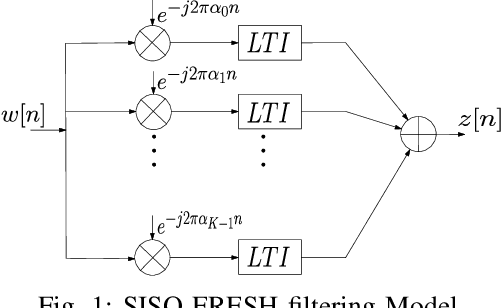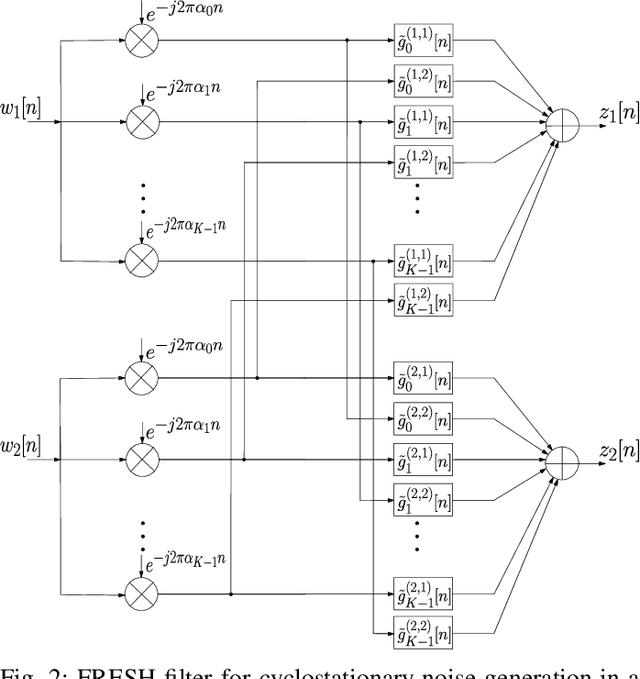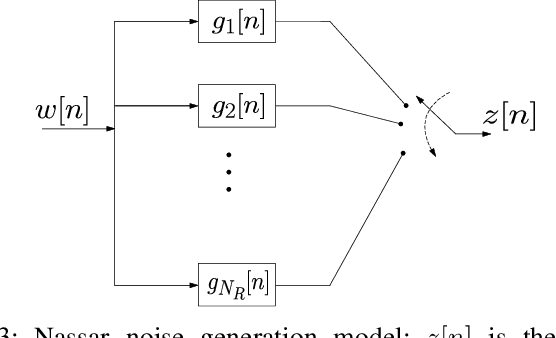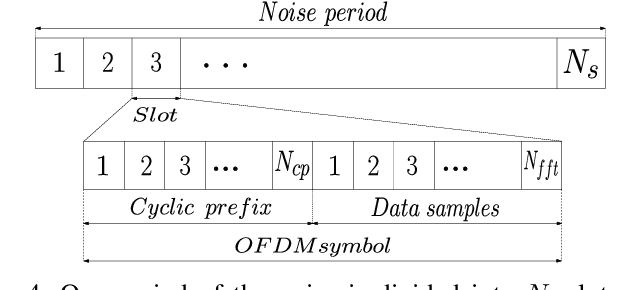Sadaf Moaveninejad
On the Achievable Rate of MIMO Narrowband PLC with Spatio-Temporal Correlated Noise
Aug 28, 2023



Abstract:Narrowband power line communication (NB-PLC) systems are an attractive solution for supporting current and future smart grids. A technology proposed to enhance data rate in NB-PLC is multiple-input multiple-output (MIMO) transmission over multiple power line phases. To achieve reliable communication over MIMO NB-PLC, a key challenge is to take into account and mitigate the effects of temporally and spatially correlated cyclostationary noise. Noise samples in a cycle can be divided into three classes with different distributions, i.e. Gaussian, moderate impulsive, and strong impulsive. However, in this paper we first show that the impulsive classes in their turn can be divided into sub-classes with normal distributions and, after deriving the theoretical capacity, two noise sample sets with such characteristics are used to evaluate achievable information rates: one sample set is the measured noise in laboratory and the other is produced through MIMO frequency-shift (FRESH) filtering. The achievable information rates are attained by means of a spatio-temporal whitening of the portions of the cyclostationary correlated noise samples that belong to the Gaussian sub-classes. The proposed approach can be useful to design the optimal receiver in terms of bit allocation using waterfilling algorithm and to adapt modulation order.
Lowering Detection in Sport Climbing Based on Orientation of the Sensor Enhanced Quickdraw
Jan 17, 2023Abstract:Tracking climbers' activity to improve services and make the best use of their infrastructure is a concern for climbing gyms. Each climbing session must be analyzed from beginning till lowering of the climber. Therefore, spotting the climbers descending is crucial since it indicates when the ascent has come to an end. This problem must be addressed while preserving privacy and convenience of the climbers and the costs of the gyms. To this aim, a hardware prototype is developed to collect data using accelerometer sensors attached to a piece of climbing equipment mounted on the wall, called quickdraw, that connects the climbing rope to the bolt anchors. The corresponding sensors are configured to be energy-efficient, hence become practical in terms of expenses and time consumption for replacement when using in large quantity in a climbing gym. This paper describes hardware specifications, studies data measured by the sensors in ultra-low power mode, detect sensors' orientation patterns during lowering different routes, and develop an supervised approach to identify lowering.
Climbing Routes Clustering Using Energy-Efficient Accelerometers Attached to the Quickdraws
Nov 04, 2022Abstract:One of the challenges for climbing gyms is to find out popular routes for the climbers to improve their services and optimally use their infrastructure. This problem must be addressed preserving both the privacy and convenience of the climbers and the costs of the gyms. To this aim, a hardware prototype is developed to collect data using accelerometer sensors attached to a piece of climbing equipment mounted on the wall, called quickdraw, that connects the climbing rope to the bolt anchors. The corresponding sensors are configured to be energy-efficient, hence becoming practical in terms of expenses and time consumption for replacement when used in large quantities in a climbing gym. This paper describes hardware specifications, studies data measured by the sensors in ultra-low power mode, detect patterns in data during climbing different routes, and develops an unsupervised approach for route clustering.
 Add to Chrome
Add to Chrome Add to Firefox
Add to Firefox Add to Edge
Add to Edge